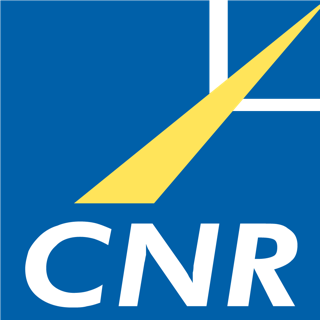CNR - The Croatia road freight transport sector - 2020
The last country to join the European Union in 2013, Croatia's economy is dominated by the tertiary sector, particularly tourism.
The country's infrastructure is now extensive and well maintained. Croatia is also a link between the European Union and the other countries that were part of the former Yugoslavia that hope to join the EU in the future. Like the country’s manufacturing sector, Croatian RFT is dependent on foreign countries and suffers from a lack of growth. International business accounts for two thirds of total RFT activity. Its main markets are Italy, Austria and Germany. Croatian TRM companies are often small and operate as subcontractors for Italian companies or as the last link in a subcontracting chain that starts in Germany, continues through Slovenia and extends to the major haulage companies in Croatia. Faced with a shortage of drivers, Croatian haulage companies often turn to the Serbian, Bosnian, Montenegrin and Macedonian labor pools when recruiting.
This latest updated study of the Croatian RFT sector reveals a general increase in costs, except for fuel, specifically in 2020. Driver productivity seems to have fallen slightly (-3.4%) while wages are growing rapidly, +5.6% in 2 years. The total cost of a 40-tonne semi-trailer truck increased by 6.4%, mainly due to a surge in the cost of tolls (+39%), maintenance and repairs (+11%), insurance (+15.5%) and the cost of vehicle ownership (+15.7%). The decrease in fuel costs in 2020 (-14.8%) has helped to offset the impact of these increases.
In conclusion, total costs amounted to 0.81€ per kilometer in 2020 compared with 0.77€ in 2018; this figure remains very low, consolidating the position of the Croatian sectors as one of the most competitive in Europe.
CNR invites you to discover this new study which brings details on Croatian RFT with operating conditions in 2020.

